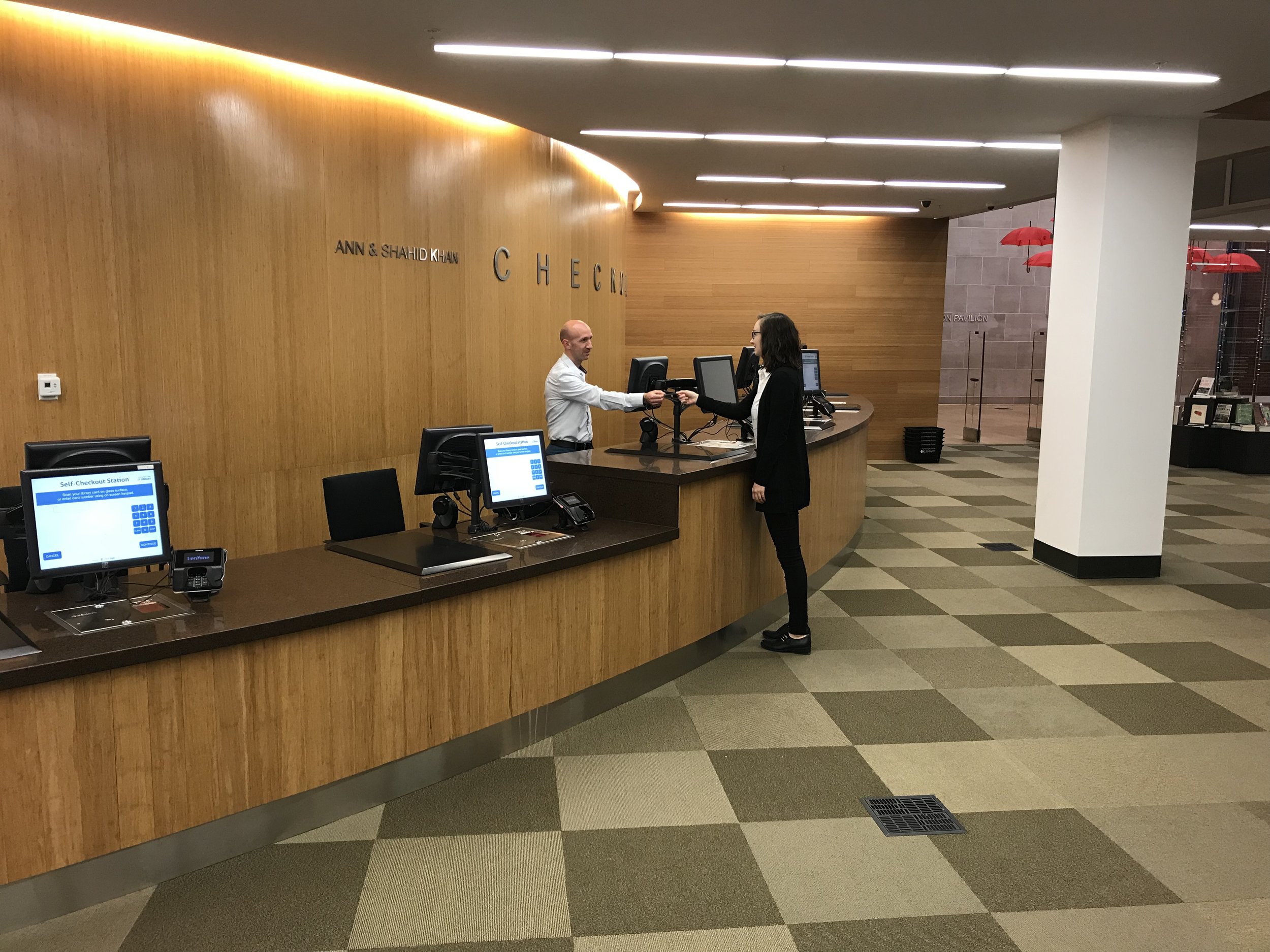On Wednesday, April 4 I hosted a webinar to answer questions about building a customer-focused culture. The goal was to help customer service leaders identify ways to implement concepts from The Service Culture Handbook.
We had a nice discussion and were able to tackle a lot of great questions. You can watch the webinar below. (Click here if you don't see the video.)
Additional Resources
Here are some additional resources to go with some of the questions from the webinar.
Q: How do I get employees to buy-in to the customer service vision?
Employees are much more likely to buy-in to the vision if they get a chance to help create it. Here's a step-by-step guide that explains the process I like to use. Once you create the vision, it's imperative that employees can answer three questions about it:
What is the customer service vision?
What does it mean?
How do I personally contribute?
Knowing the answers to these questions moves the vision from an abstract statement to a clear and specific guide.
Q: How can you keep the customer service vision fresh?
I recommend customer service leaders chart out a communication plan to find different ways to share and reinforce the customer service vision with employees. You can use the guide on page 12 of this workbook.
Q: Should we have a separate vision for each team or department?
The short answer is not if you can avoid it! The most customer-focused organizations operate under a single customer service visions. It's okay to create a vision for your team if you don't already have one for your organization. Just beware of these dangers.
Q: Does a service culture apply to internal customer service?
Yes! The way we treat each other at work is a fundamental part of an organization's culture. It's unreasonable to expect employees to treat customers well if they feel poorly treated. Here's a blog post that explains a bit of the psychology behind that.
Q: What are some tips for an effective customer service survey?
I've assembled several tips in this blog post. You can also view my training video on Lynda.com. You'll need a Lynda subscription, so get a 30-day trial if you don't already have an account. LinkedIn Premium subscribers can access the course here.
Q: How do we deal with customer feedback on the internet, such as Google Reviews?
Reviews on Google My Business can be a powerful way to attract new customers! Keep in mind that potential customers will read reviews about your business and decide whether or not to give your company a try. Staying active on Google My Business can also improve your business's position in search results. Whatever the platform, make sure you carefully analyze customer feedback to spot trends.
Q: How do we scale our service culture as our company is rapidly growing?
A customer service vision is essential to preserving your start-ups culture as the company starts to expand. Here's my guide to scaling your service culture.











